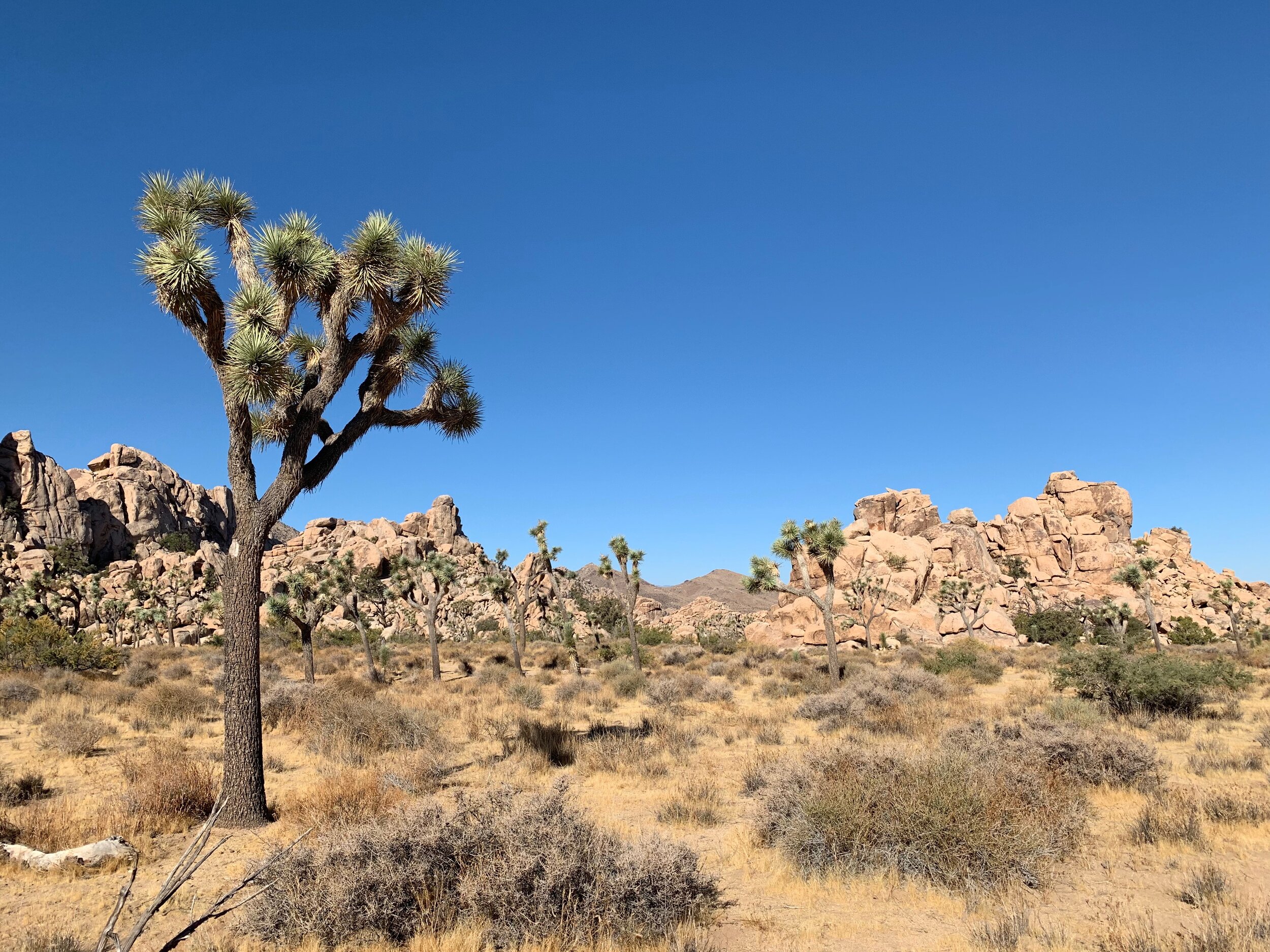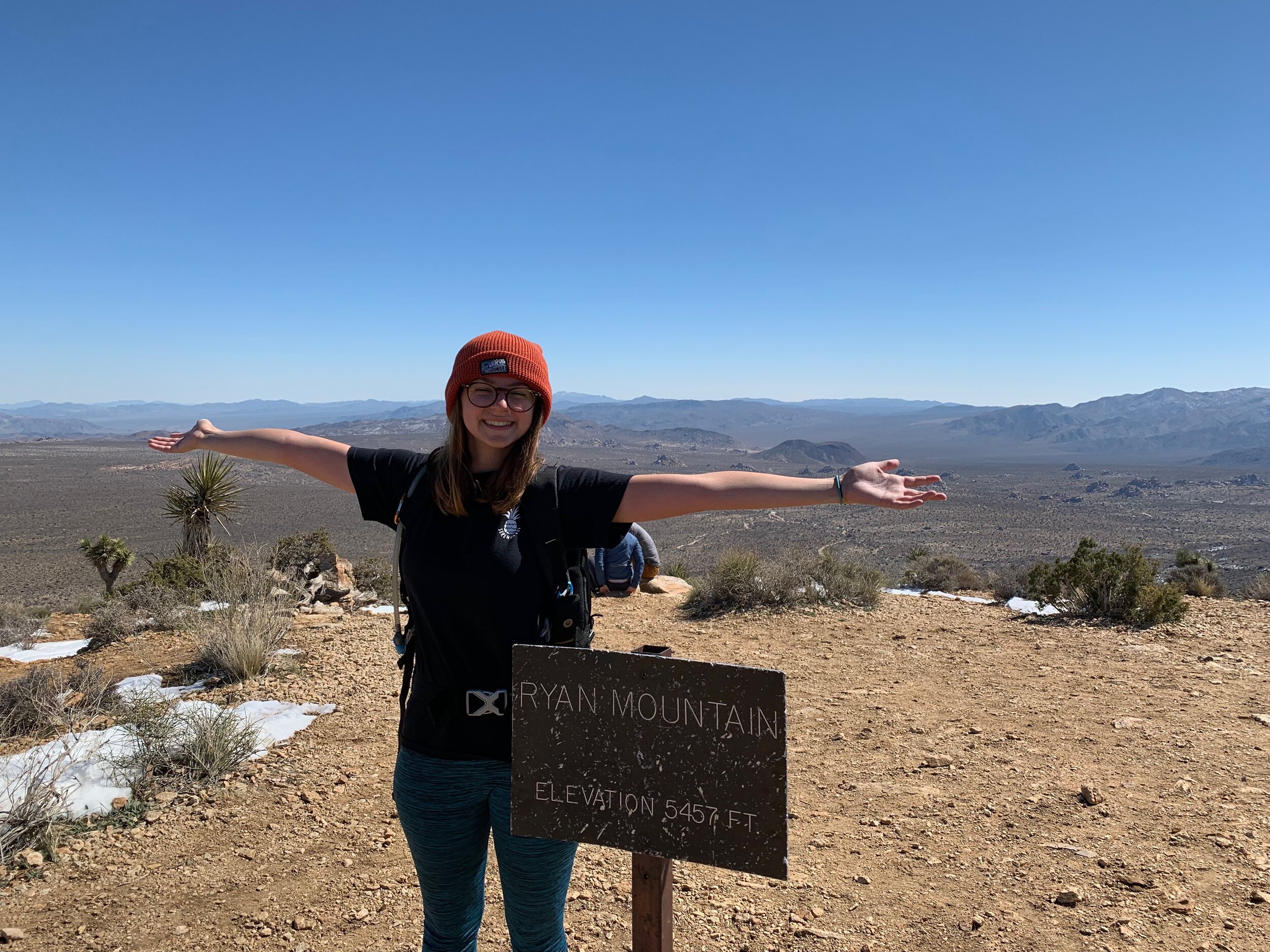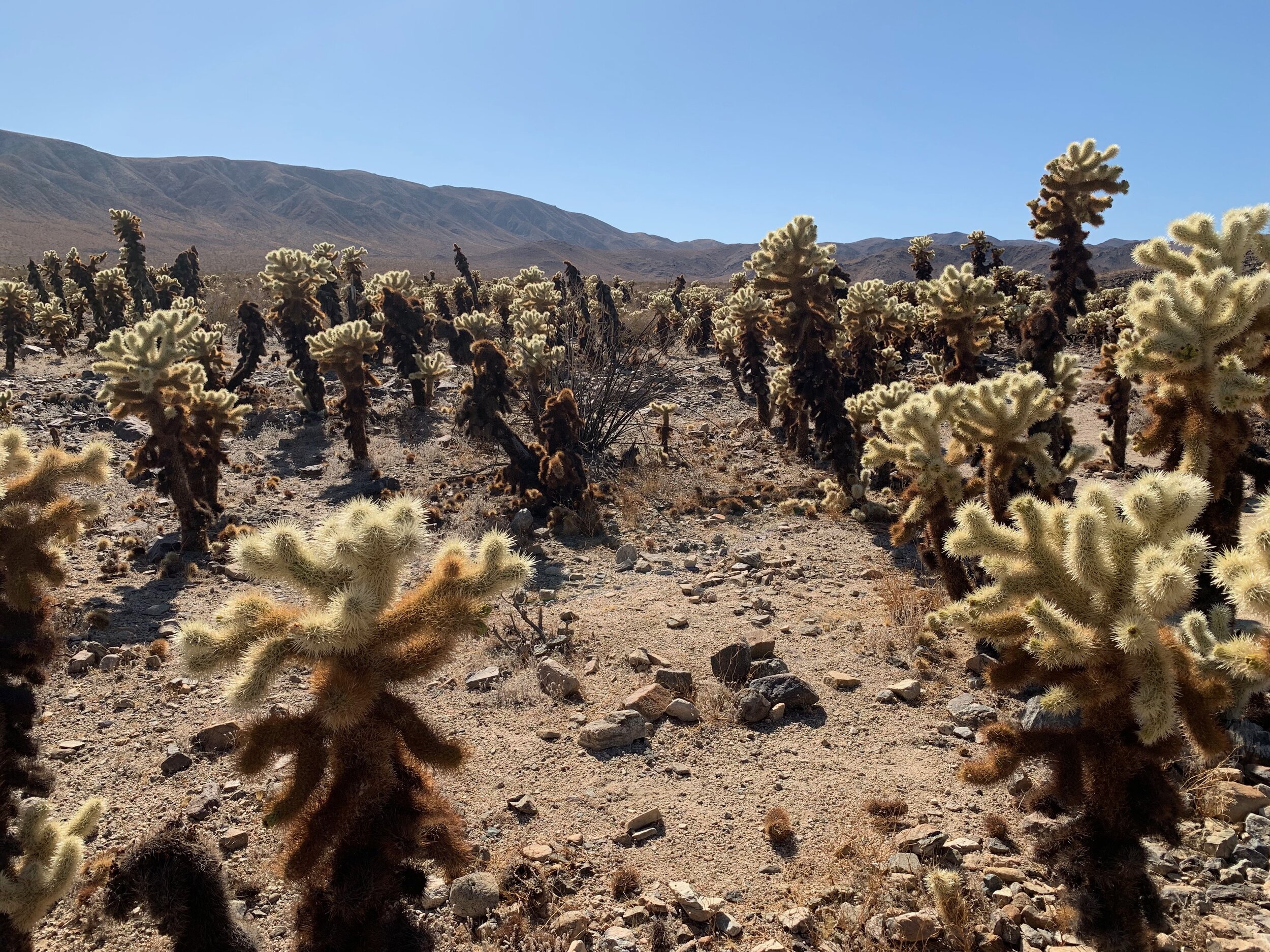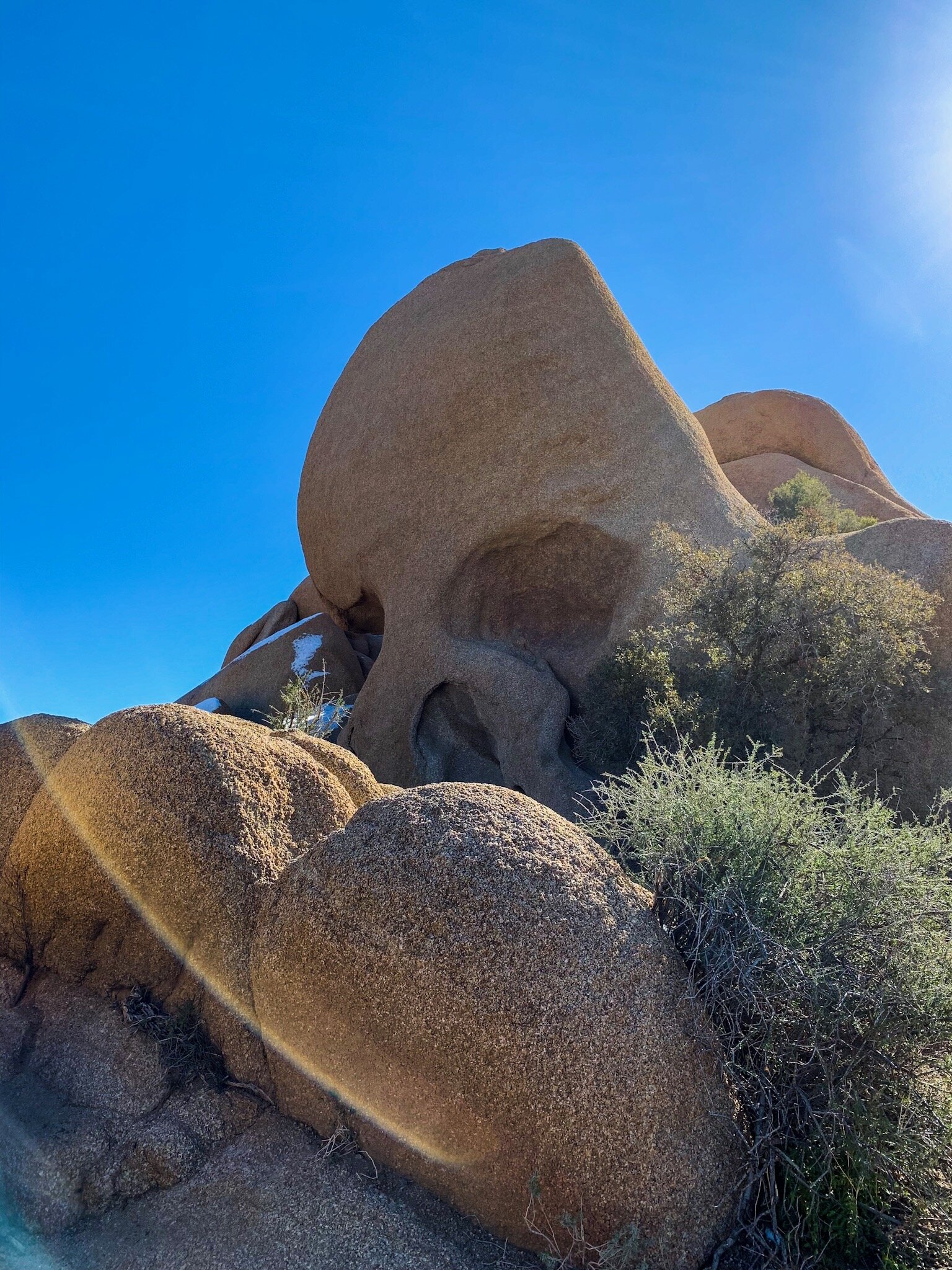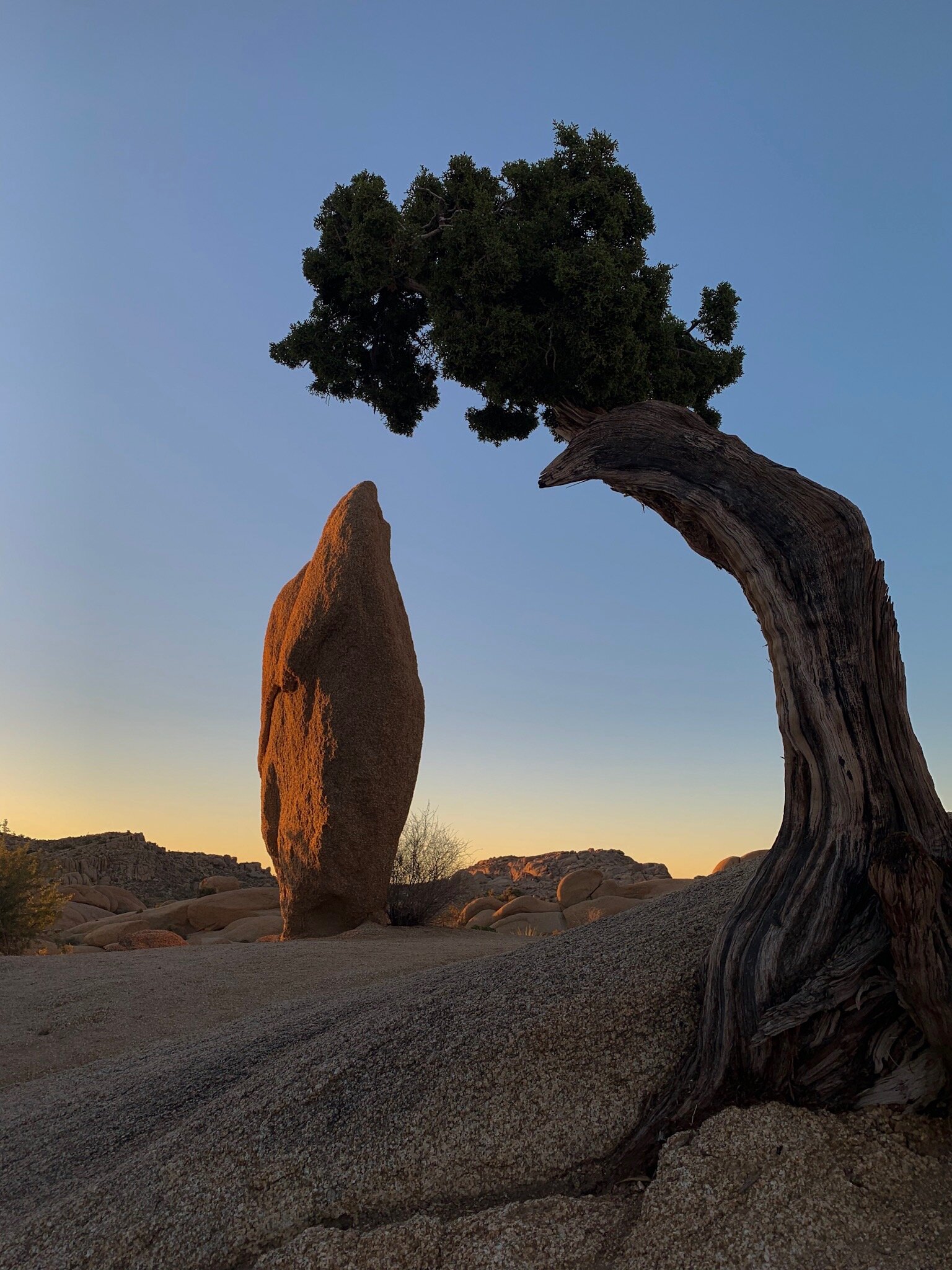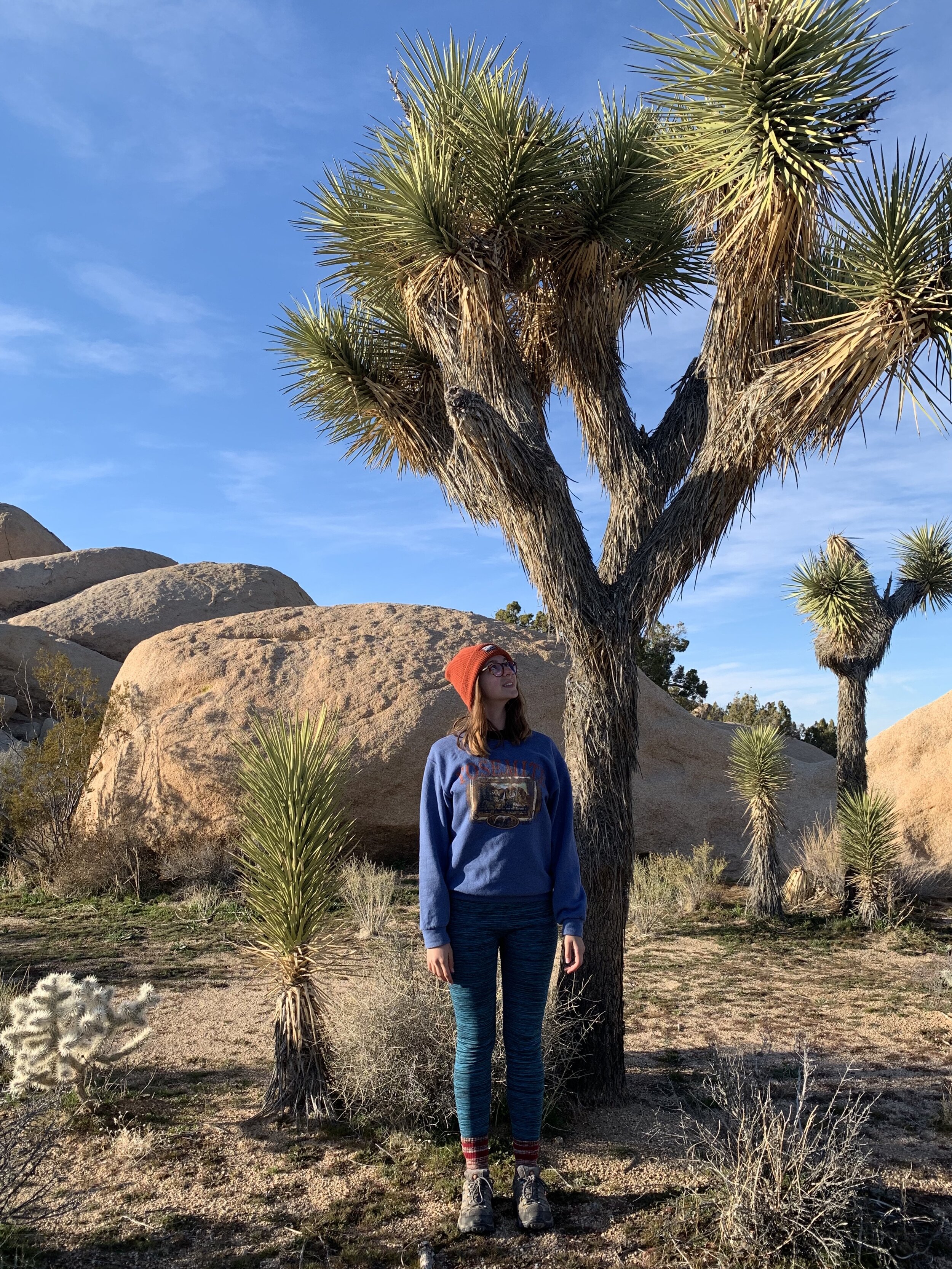Disclaimer: this post may include affiliate links
When I hit the road back in June 2019, Wyoming was one of the first states I visited, and the first that I would describe as a mountain state. Crossing from Idaho into the Northwestern corner of Wyoming brought me almost directly into Yellowstone National Park: the country’s first National Park, and widely regarded as the first National Park in the world.
Wyoming is a state of firsts when it comes to protected land. From the first National Park, to the country’s first National Monument, to some personal firsts along my own journey, Wyoming will always hold a special and important place in my wandering soul. Having visited four of Wyoming’s National Park Service Sites, I’ll be the first to jump up and explain the state’s diversity, but it’s the firsts that really make this state unique. Yellowstone and Devils Tower (the country’s first National Monument) are two incredibly different landscapes, and yet are two must-visit places for anyone visiting Wyoming for the first time.
Artists Paint Pots, Yellowstone National Park, WY
Yellowstone National Park
Of course, while there’s definitely more to do in Wyoming, Yellowstone is a good place to start. As the world’s first National Park, Yellowstone offers incredibly vast landscapes, some of the best camping I’ve ever experienced, and diverse wildlife (including the famed “bison traffic jam”).
Yellowstone is a unique experience that everyone should have at some point in their lives. The park itself is an active volcano, and it’s known for its geysers, prismatic pools, and incredible views.
I only had the fortune of staying one night in Yellowstone, but it was one of my favorite nights of my whole 3 months traveling the US.
My first day in the park involved sightseeing. I’m usually a huge hiker, but with my limited time in the park, I was determined to see as much as I possibly could. My first stop was the Artist Paint Pots, little pools of boiling water that give Yellowstone such an iconic landscape. The Paint Pots smell a bit like sulfur and are definitely too hot to even go near, which is why the park has built a boardwalk surrounding the pools. It’s not one of the most famous places to stop, but it was definitely cool enough for me to put it on your radar.
Old Faithful Geyser, Yellowstone National Park, WY
From there I made my way to Old Faithful: the famous geyser. While it’s not the largest in the park, it’s the most famous because of its predictability. If you love Old Faithful, you’re in luck because there are tons of other geysers just waiting for you throughout Yellowstone. Unfortunately, I got to Old Faithful about five minutes after it erupted, which meant I had to wait about an hour and a half before it would go off again. Luckily, this forced slow-down was just what I needed and let me stop and have my lunch and hit the visitor center.
After being wowed by Old Faithful, I made sure to hit some other iconic sites on my way to my campground. I passed the Grand Prismatic Spring, Mud Volcano, and Yellowstone Lake, and finally ended my drive for the day in Canyon Campground, one of my favorite campgrounds I’ve stayed in. It was definitely a chilly night, and Yellowstone made it easy to handle with everything that came with my campground reservation. Located in Canyon Village, Canyon Campground had the most amenities included in a campsite I’ve ever experienced. I got 2 free showers, access to laundry, access to a dishwashing station, flush toilets, and my own personal bear box, and the campground was close to the store and café where there was spotty wifi available (not super strong, but enough to use to get in touch with my family). It was also one of the only places in the park with a gas station. Canyon was a fantastic experience, yet it was a bit pricey. For one night, though, it was more than perfect.
These bison proceeded to surround my car after I took this picture
My second day in the park, as I made my way toward the Tetons, I made sure to hit one more stop: Grand Canyon of the Yellowstone. The South Rim has one of the most famous views in the park—Artists Point—which is known for attracting painters and photographers from all over the world. On my way in, I spotted one lone bison eating his breakfast, and on my way out, I found myself in my own personal bison traffic jam, alone on the road, surrounded by animals nearly as big as my car.
The one thing I wish I did when I was in Yellowstone was to head up to the Lamar Valley. The Lamar Valley is known for having some of the best wildlife in the park, so it’s definitely on my list for next time!
Artists Point, Grand Canyon of the Yellowstone, Yellowstone National Park, WY
Devils Tower National Monument
I wasn’t expecting to return to Wyoming, but after learning how close Devil’s Tower is to South Dakota, the science fiction nerd in me couldn’t help by head back into this familiar place from the beginning of my trip.
Devil’s Tower is the country’s first National Monument, and was used as the set for Steven Spielberg’s Close Encounters of the Third Kind. It’s the only rock formation of its kind, and attracts climbers from all over the world. While it’s much smaller than Yellowstone, I actually stayed two nights here because I wanted some time to rest and not drive for a day.
The park only has one campground, and I lucked out and got a site with a direct view of the Tower (A12, if you’re curious). During the summer months, the campground offers fun ranger programs at night (I learned all about prairie dogs), and everything in the park is super close to everything else.
Devils Tower from Tower Trail Loop
My second day involved hiking the “Devils Tower Marathon,” a connection of trails recommended to me by a ranger I got to know while I was there (since the park is so small, there were only a select few rangers around). The trails start with the Joyner Ridge Trail. You can find the trailhead by driving up a little dirt road near the visitor center, and you’ll be greeted with amazing views of the tower once you’re up there. You’ll then take this to the connector trail between Joyner Ridge and Red Beds, and from there, if you want, you can connect to the valley views trail (which I didn’t do because of stinging nettles), or continue to the Tower Trail loop before finishing the Red Beds and Joyner Ridge.
The entire series of trails gives you an awesome, diverse look at the park, and plenty of views of the tower and the climbers that have set out to summit it that day.
Devils Tower is an incredibly unique place that you won’t find anywhere else on the planet, so if it wasn’t on your radar before, it definitely should be.
Devils Tower from Red Beds Trail
Wyoming is a state of firsts, and while I visited two other National Park Service sites while I was there, these are the two that have made the biggest lasting impact on United States public land conservation throughout the years. They’re both very different from both each other and all other public land in the country, and deserve to be on your list, no matter where you’re from.
In order to camp in any landscape or climate, you’ll need some great gear. To get some of my favorite camping gear, head over to Madera Outdoor and use code “halleswanderingsoul” for 20% off.





















